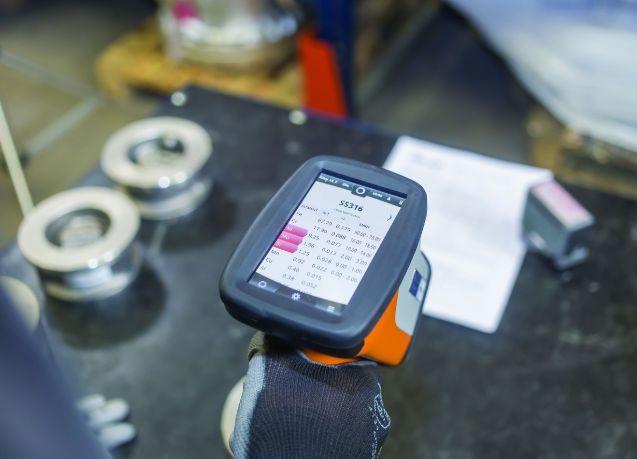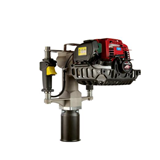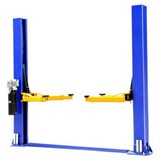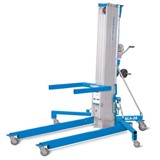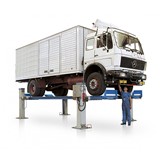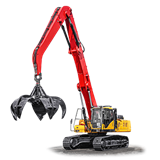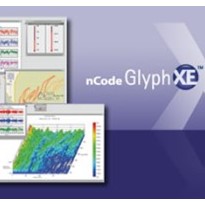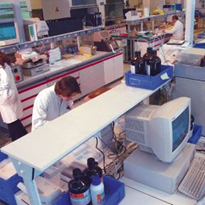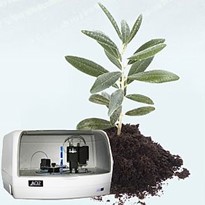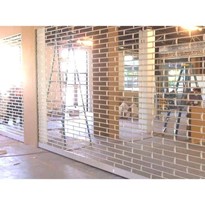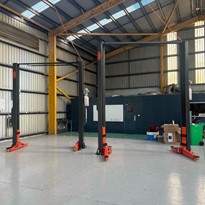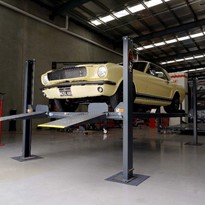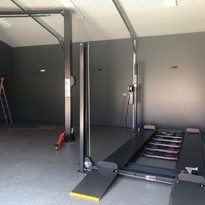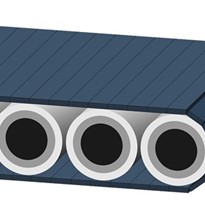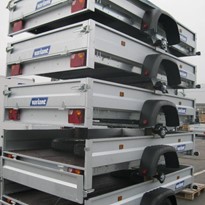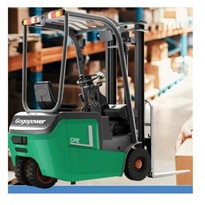The need to alter our way of life to try to mitigate and contain the virus has pressed pause on everything we took for granted, from visiting family and friends to travelling to work and business continuity.
In manufacturing, global supply chains have become disrupted in a way never seen before. Some mining and manufacturing activities have stopped completely. As businesses flex to accommodate the dramatically different demand and working conditions, many are having to find new suppliers to feed their production lines or as they adapt to market needs by producing new products.
We’ve talked about the cost to your business if you used the wrong material in production before, but in the current circumstances, ensuring that the wrong material does not accidentally find its way into your products in a busy manufacturing facility is crucial. Having the right incoming inspection processes in place for raw materials and components will help you avoid wasting money and time on reworking, interruptions to production and scrapping material. In the long run you can avoid the cost of customer returns and potential loss of contracts, which damages both your bottom line and reputation.
The response of manufacturing to supply disruption
In the short term, manufacturers simply need to survive, with a focus on damage limitation, before carefully planning the route back to business as usual. Ultimately, this will need to be done as fast as possible and at the lowest cost.
After having faced the reality of how fragile global supply chains are, many manufacturers may aim for a new normality, restructuring supply chains to source parts from a more diverse set of suppliers. For example, China purchases raw materials from the US to feed extensive manufacturing activities. And in turn, the US is dependent on those Chinese manufacturing activities for essential items, such as medical suppliers. In future, this may have to change.
As manufacturers rebuild, they’ll have a keen eye on cost. Waste and rework must be minimized, so ‘right first time’ and ‘zero defect’ strategies will be more important than ever.
Material analysis plays a crucial role in manufacturing rebuild
In a nutshell, the more testing of raw materials or components you can fit in, the more freedom you’ll have to source materials, as you’ll be able to test everything before it hits your production.
- If you halted production completely
Your first job is to take stock of everything.
But before you do, if your valuable analytical instruments have been switched off for a few weeks, read our guide on how to ensure optimum instrument performance as you ramp up your operations again.
Sharp ramp-ups and production re-starts are notorious for material-mix ups and wrong parts ending up in finished products. Materials analysis, such as XRF or LIBS, can help you swiftly identify the material you have in stock and work in progress. Finished goods can be double-checked to ensure you won’t need to compensate a customer for the wrong part being used in their production. And internal rework can be vastly reduced simply by making sure you are using the right material/metal? grade for the right product.
If you are having to switch suppliers as your currently supply chain isn’t delivering yet, you will also need to check raw material and components coming in. And again, analytical techniques, such as XRF, can help you verify the composition of everything from stainless steel to petroleum. This type of analysis is fast and means you can begin to use material from a new supplier almost immediately or reject it straightaway. This will help with your cashflow, as well as meeting on time delivery, as you won’t have unverified material sitting in stock.
- If your production is ongoing but you are having to switch suppliers
There have been many recent stories, especially with PPE equipment, where companies have had to switch suppliers on the fly to ensure they meet demand but have found that the products delivered were far from meeting specification. In manufacturing or fabrication, it’s relatively straightforward to introduce steps to control your own processes. But as you are part of a supply chain, any errors made by your suppliers could give you costly quality problems unless you take action to verify check incoming material.
If we apply this to raw material or metal components, material properties become crucial. There are times when you will need to be able to analyze all alloying, treatment, trace, residual and tramp elements especially in steel, iron and aluminium applications. With many different grades of cast iron, steel and aluminium, quick analysis will help to ensure your raw material or components meet the specifications of the alloy grade.
The analyzer you use makes all the difference
In-house analysis means you hold all the cards when it comes to material verification and gives you the freedom to try and accept or reject new suppliers whenever you like. However, the analyzer itself needs to have some specific features to be able to do the job:
- Efficiency: you’ll need to test a lot of material, perhaps 100% PMI, and a fast efficient analyzer that’s portable will let you get through hundreds of components in a single day.
- Low cost of ownership: no-one is going to be cash-rich for a while. The analyzer should pay for itself and be cost-effective to operate.
- Reliable and accurate: with right first-time production techniques in place, you’ll need a reliable analyzer that gives results you can trust time after time.
- Data management: with vast amounts of test data being produced, you’ll need an instrument that can capture, store and transfer information for easy reference and real-time decision making.
Robust service agreement: it’s not always just about the analyzer itself. Fast, cost-effective support when you need it helps to keep your production running.
Our toolbox of metals analyzers
Our range of metals analyzers can help you ramp up production fast, while keeping mistakes to a minimum.
Vulcan Range
One of the fastest laser metal analyzers around, with a one second measurement time. Ideal for incoming inspection and during the manufacturing process, you can even hold the sample in your hand while you measure it.
X-MET Series
A handheld X-ray analyzer used by thousands of companies around the world. It’s completely non-destructive which makes it ideal for finished goods analysis as well as incoming inspection.
OES Product Range
The highest level of accuracy of the three measurement technologies. If you need low levels of detection for boron, carbon (including L-grades), nitrogen, sulfur and phosphorous in steel, then you’ll need an OES analyzer which come either as mobile or stationary.
Data Management
ExTOPE Connect is ideal for managing large amounts of data, making notes and capturing images of the parts and materials measured. All data is stored in one, safe centralized location, which can be accessed from any computer, anytime and from anywhere.


